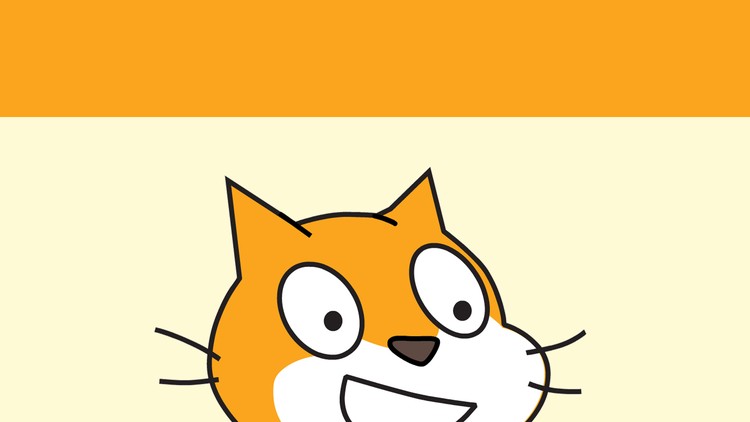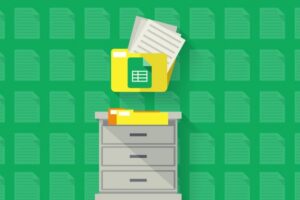Scratch Game Programming
A fun guide to programming for parents & teachers who want to help kids learn to code.
What you’ll learn
Scratch Game Programming
- Program 6 different video games and interactive art projects.
- Figure out how to experiment with Scratch to continue learning.
- Share and show off their projects to others in the Scratch community.
- Help others discover and learn programming techniques in Scratch.
Requirements
-
How to use a mouse (right-clicking, dragging).
-
Typing proficiency is helpful but not required.
-
No previous programming experience is needed.
Description
Scratch is the best educational programming software for kids available today. With Scratch, you can create games and interactive art projects all while having lots of fun! Parents and teachers can use this course’s fun projects to guide their children and students to a solid understanding of basic programming concepts while having fun!
IMPORTANT NOTE: This course was made for Scratch 2.0. On January 1st, 2019, Scratch 3.0 was released on the Scratch website. However, you can still use the Scratch 2.0 Offline Editor. This course will be completed and updated for the new 3.0 version in mid-2019. The information here is still relevant to using Scratch 3.0, though it doesn’t cover 3.0’s new features.
Designed by the MIT Media Lab’s Lifelong Kindergarten Group for 8 to 16-year-olds, Scratch is a free programming environment that runs in your web browser. But Scratch users consist of people of all ages, including younger children with their parents. The software makes it easy for anyone to start developing their programming and problem-solving skills.
I’m Al Sweigart, the author of several programming books for kids and beginners. This course follows the content of my latest book Scratch Programming Playground, which you can read for free online under a Creative Commons license. This is my second Udemy course following my highly-rated “Automate the Boring Stuff with Python Programming”.
This course (and supplemental book) covers the creation of several classic games like brick Breaker, Snake, and Fruit Ninja. Instead of memorizing a list of programming concepts, you’re guided through making these games and picking up programming concepts on the way. The lectures follow the 6 game and computer art projects, along with additional content on debugging and experimenting with Scratch.
Who this course is for:
- Parents who want to help their kids learn to program.
- Teachers, including non-technical instructors, who want to guide afterschool coding clubs.











Add Comment